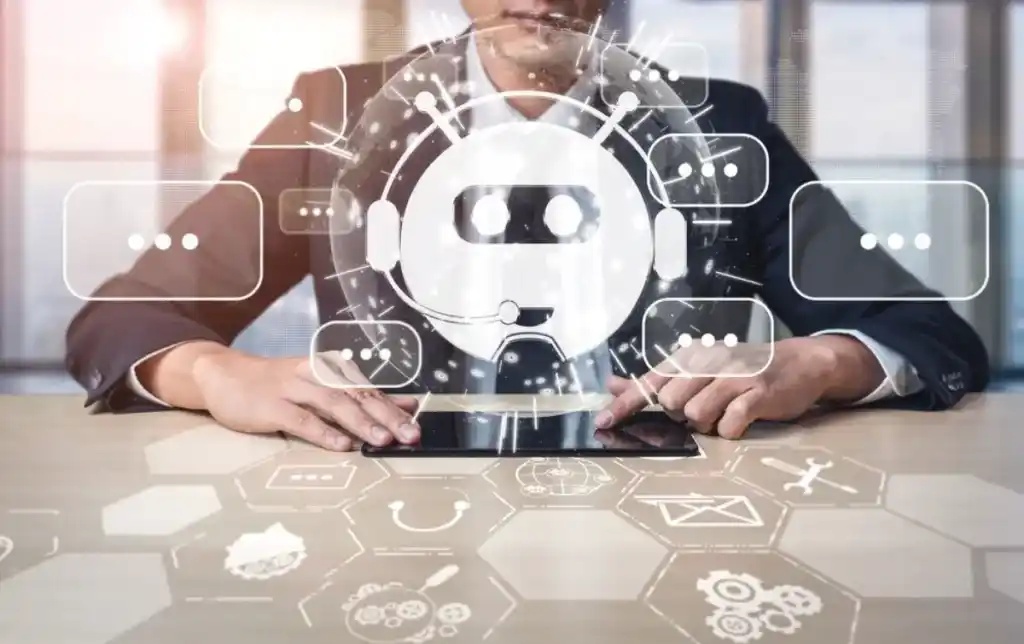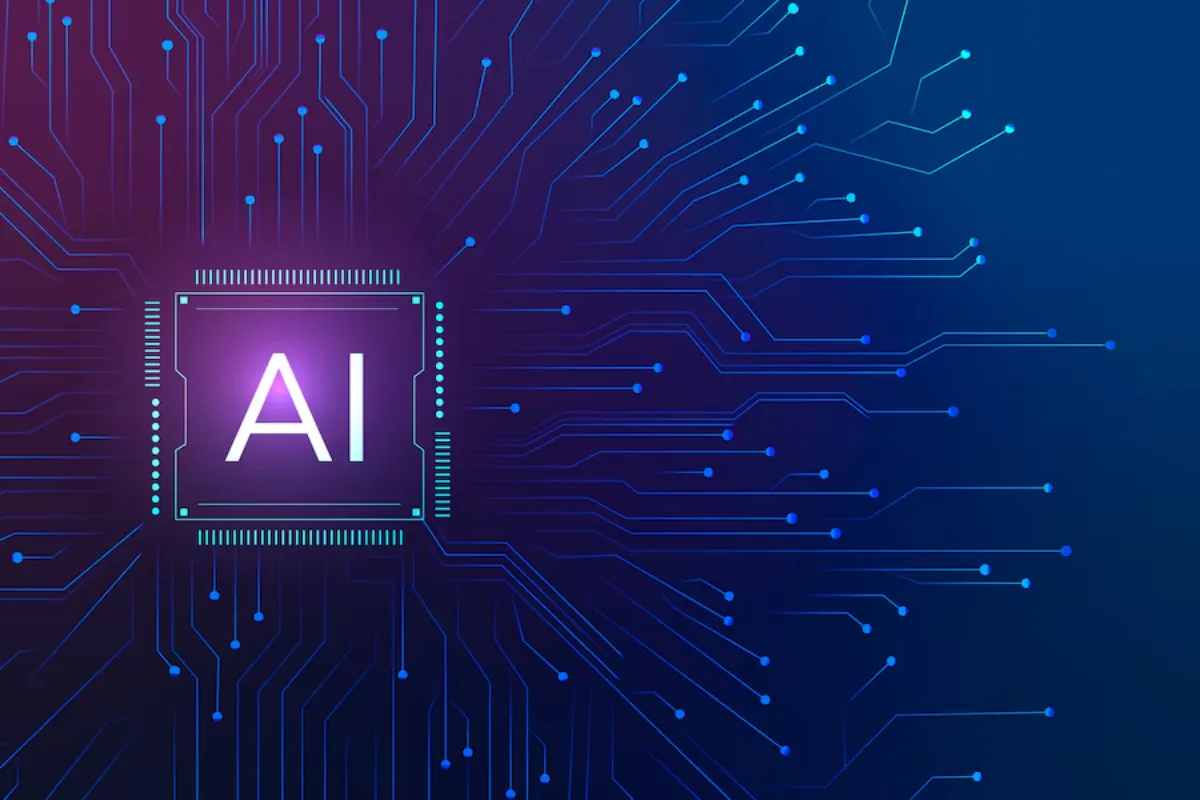
AI in Cybersecurity: Is It a Threat or a Solution?
As digital landscapes continue to evolve, so do cyber threats. As cyberattacks become more advanced, organisations are using AI cybersecurity to strengthen their defences. Machine learning security solutions can spot, block, and handle threats better than traditional methods. AI technologies that improve security can also be misused by cybercriminals. This raises worries about AI threats in cybersecurity.
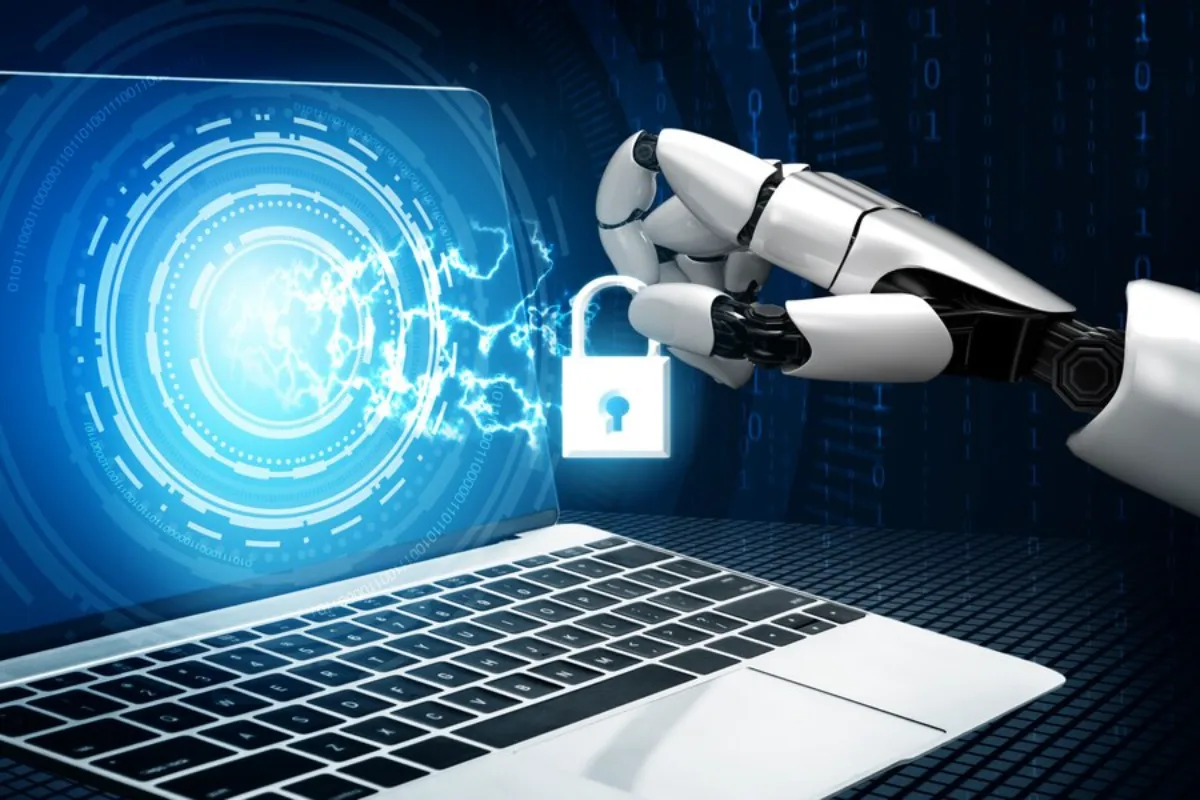
How AI is Enhancing Cybersecurity
AI-Powered Threat Detection and Prevention
AI cybersecurity can quickly find and stop cyber threats as they happen. AI tools analyse large data sets to find unusual patterns. These patterns might signal harmful activity.
- Anomaly Detection: AI spots normal user behaviour and alerts on suspicious activities, highlighting possible security breaches. This is very helpful in machine learning security. AI learns from past data and gets better at detecting threats over time.
- Automated Threat Response: Machine learning security systems can quickly tackle threats. This helps minimize damage and cut down response times. AI systems can find infected devices, block bad traffic, and undo changes made by malware.
- Predictive Analytics: AI predicts possible cyberattacks by spotting patterns in past data. This helps organisations get ready. AI cybersecurity tools spot small behaviour changes that may signal a breach. This helps businesses act before problems arise.
AI in Network Security
AI boosts network security by monitoring traffic all the time. It spots potential intrusions and adjusts security protocols automatically. AI cybersecurity solutions can:
- Recognise and block phishing attempts before they reach users.
- Detect and neutralise malware before it infiltrates systems.
- Adapt to new attack methods so you can handle AI threats automatically. This way, you won’t need manual intervention.
- Use behavioural analytics to differentiate between normal and suspicious activities within a network.
Machine learning security models help organisations cut down false positives and negatives in alerts. This boosts their response efficiency.
AI and Endpoint Security
AI-powered endpoint security solutions protect devices such as laptops, smartphones, and IoT devices. Machine learning security models check risks in real-time. They keep endpoints safe from AI threats, like deepfake attacks and advanced persistent threats (APTs).
- Device Authentication: AI enables biometric verification, preventing unauthorised access to sensitive data.
- Malware Detection: Traditional antivirus software uses known signatures. In contrast, AI cybersecurity tools find new malware strains.
- Adaptive Defenses: AI can change security policies based on user behaviour. This helps protect against zero-day threats.
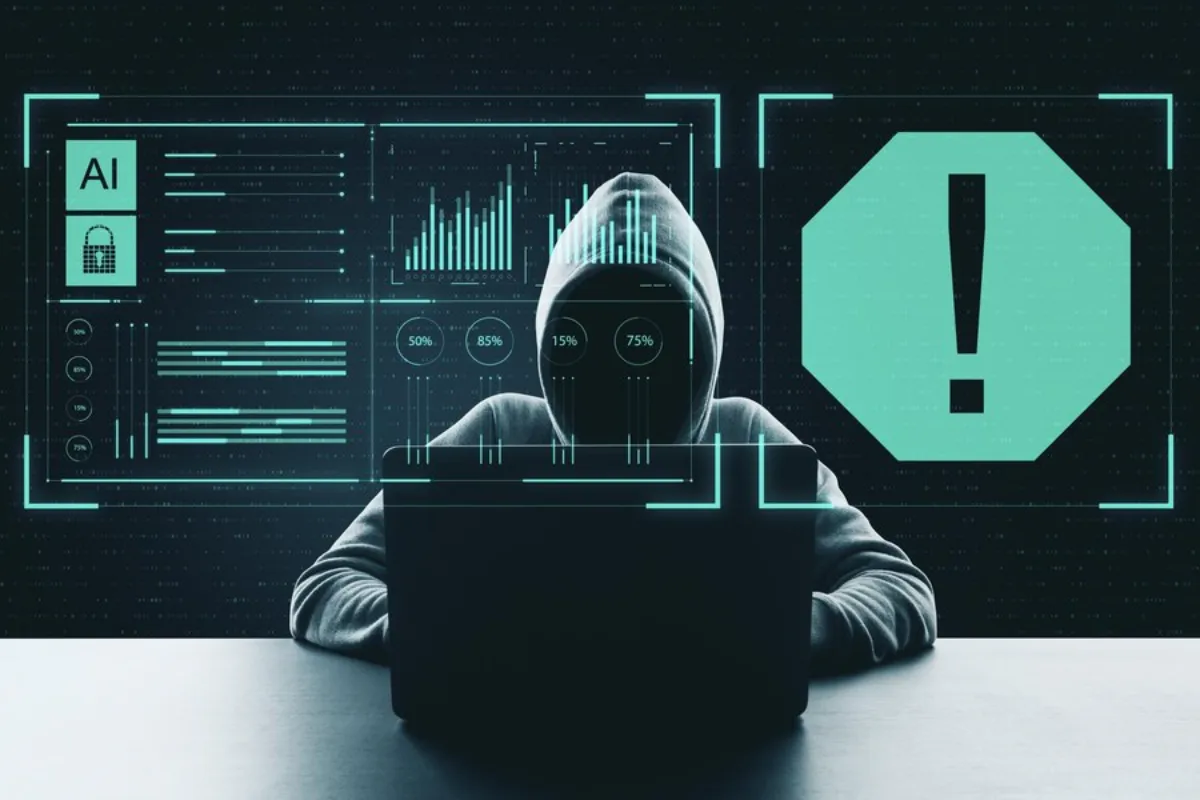
The Dark Side: AI as a Cybersecurity Threat
AI-Driven Cyberattacks
AI is a strong tool for defence. But cybercriminals also use it for advanced attacks. Some of the most concerning AI threats include:
- AI-Powered Malware: Cybercriminals use AI to make smart malware. This malware learns how security systems work. So, it can avoid detection and adapt quickly. Unlike traditional malware, AI-powered variants can modify their code to bypass security filters.
- Automated Phishing Attacks: AI can create realistic phishing emails. These emails look like they come from real people, which boosts their success rate. AI can mimic voices and writing styles thanks to deep learning. This makes fake messages seem more real.
- Deepfake Technology: AI-made deepfakes are used in identity theft and social engineering attacks. Attackers can make fake videos and audio clips. They use these to trick people into sharing private information or sending money.
- Adversarial Machine Learning: Hackers can trick machine learning models. They do this by using fake data. This can result in wrong threat assessments. By poisoning training data, cybercriminals can cause AI systems to overlook real threats.
AI Bias and Security Risks
Despite its advantages, AI cybersecurity is not foolproof. Machine learning models can inherit biases from the data they are trained on, leading to:
- False Positives and Negatives: If AI learns from biased data, it might wrongly identify real activities as threats. It could also miss actual attacks.
- Ethical Concerns: AI-driven surveillance systems raise questions about privacy and human rights. Over-reliance on AI can lead to intrusive monitoring practices.
- Dependence on AI: As companies use AI more for cybersecurity, they may face risks from attacks that target AI specifically. Hackers who know how security AI works can create attacks to take advantage of its flaws.
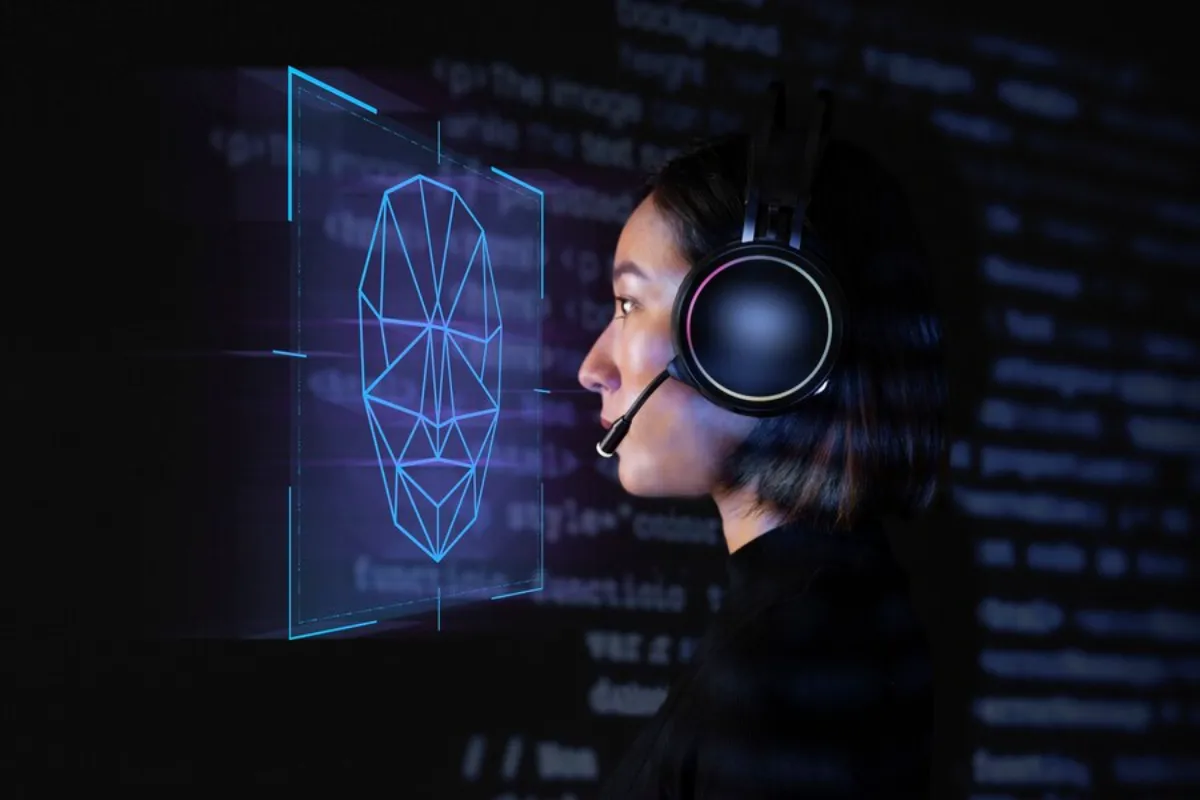
The Future of AI in Cybersecurity
Strengthening AI-Driven Security Measures
To get the most from machine learning security, organisations should use ethical AI practices. They must also be clear about how AI makes decisions. Future advancements in AI cybersecurity may include:
- Self-Healing Networks: AI-driven systems that detect, isolate, and repair security breaches autonomously. These networks can learn from past attacks and improve their defences over time.
- Zero-Trust Architecture: AI-driven security systems that don’t trust any user or system by default. This method needs constant checks on access requests. This cuts down the chance of internal breaches.
- AI Regulation and Ethics: Governments and organisations need rules to stop AI from being misused in cyberattacks. Ethical AI development is key to the future of cybersecurity.
- Quantum AI Security: With the rise of quantum computing, AI encryption will be vital to shield sensitive data from quantum cyberattacks.
Balancing AI’s Potential and Risks
AI is changing cybersecurity. It’s important to balance innovation with security risks. AI cybersecurity has great solutions, but organisations must stay alert to new AI threats. When businesses use AI wisely and maintain human control, they can gain benefits and lower risks.
- Human-AI Collaboration: AI should complement, not replace, human cybersecurity experts. While AI excels at pattern recognition, human intuition remains essential for complex decision-making.
- Ongoing AI Training: AI models need constant training to keep up with new cyber threats. Regular updates ensure that machine learning security systems remain effective against emerging attacks.
- AI Systems Transparency: Organizations should clarify how AI makes decisions. This helps prevent unexpected security risks.
AI – A Double-Edged Sword in Cybersecurity
AI is undeniably revolutionising cybersecurity, providing cutting-edge solutions to combat cyber threats. However, it also introduces new vulnerabilities that cybercriminals can exploit. Businesses and governments need to approach AI cybersecurity with care. They must make sure that machine learning security solutions are effective and ethical. The cybersecurity industry can make the digital world safer by staying ahead of AI threats.
AI is evolving, so organisations need to act now. They must use AI-driven security measures and reduce risks from adversarial AI attacks. Combining AI with human skills helps businesses boost their cybersecurity. This way, they can create a strong defence against rising cyber threats.


